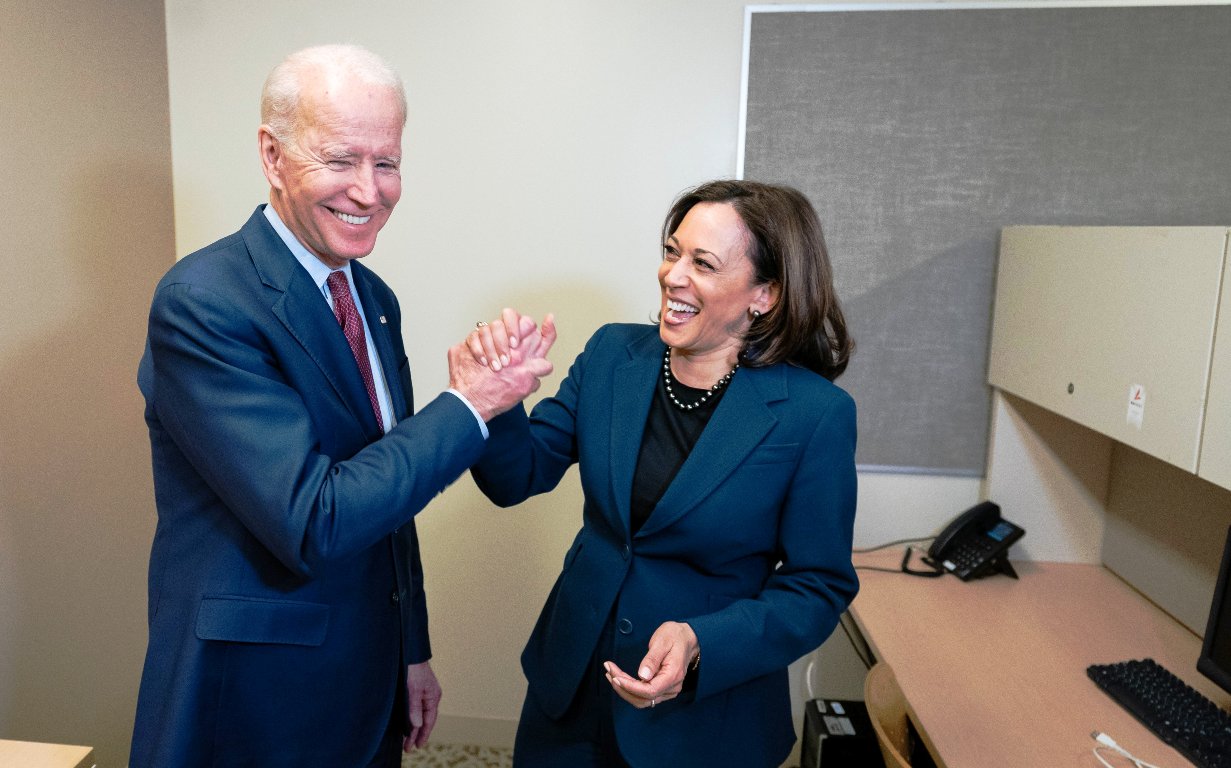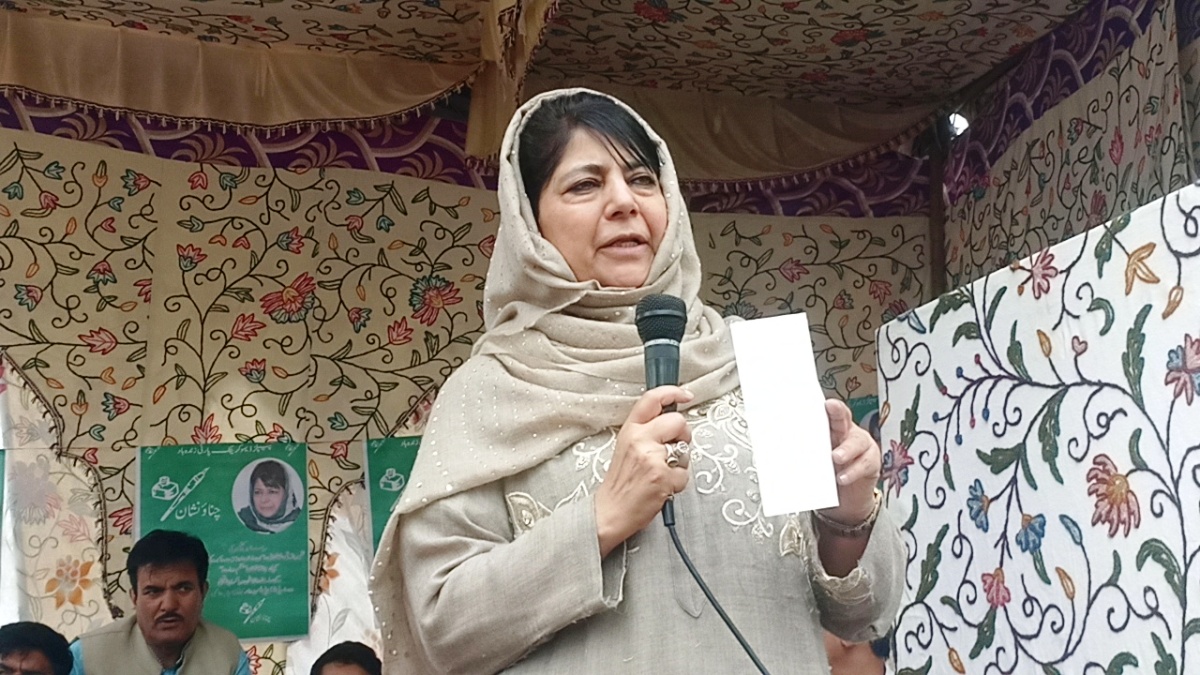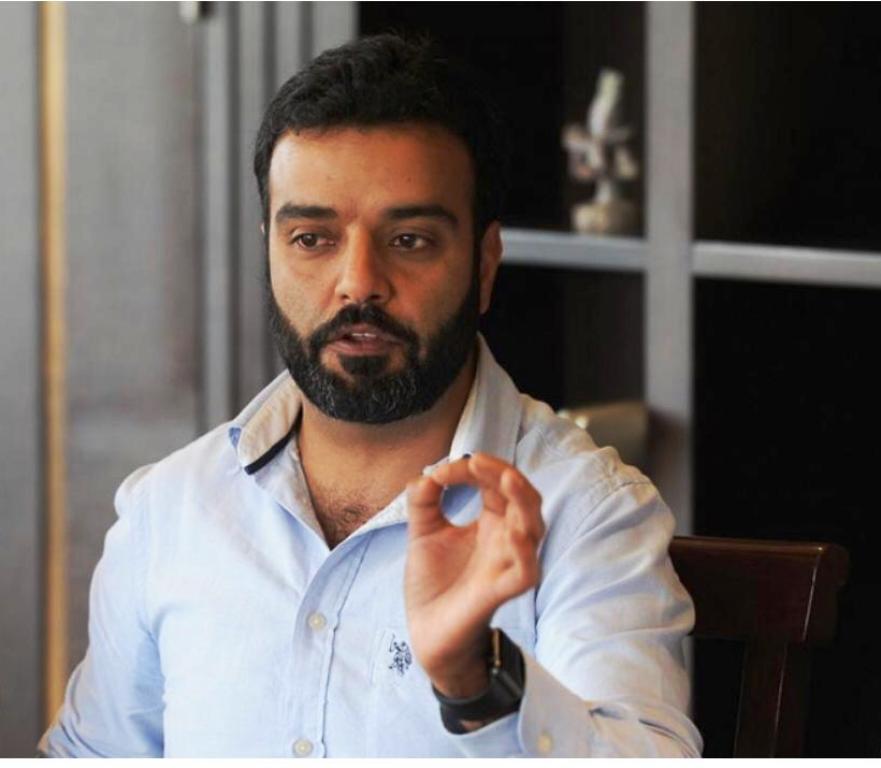by Umar Mukhtar
SRINAGAR: The United States of America has a presidential form of democracy. Comprising 50 states, a federal district (the capital Washington DC), five major territories, and various minor islands, the world’s most powerful democracy has two political parties – The Republicans and The Democrats.

In this election, results of which will be available shortly, the contest is mainly between the Donald J Trump, the Republican candidate who is seeking re-election for next four-year term and Joe Biden, the Democrat candidate who has earlier served as the Vice President of Barack Obama.
Republicans are conservatives and the Democrats are liberals. They are a contrast as far their home politics is concerned and they vary hugely on their outlook about the world order. Republicans, the Trump’s party, is considered to be the grand old party to which American leaders Richard Nixon, Ronald Regan and George Bush belonged. Republicans believe in restrictions on immigration, gun rights, low taxes and other things that will make residents privileged in comparison to immigrants. Over the years they are seen as supremacists while dealing with the black people. Periphery is their main support base.
It's not my place or Donald Trump's place to declare the winner of this election. It's the voters' place.
— Joe Biden (@JoeBiden) November 4, 2020
The Democrats are liberals, who believe in fairer treatment to all citizens, do not support restrictions on immigration and have a liberal outlook towards the global issues. Bill Clinton, Kennedy, Barack Obama, all belonged to the Democrats.

The Presidential election has at least two major pre-poll exercises that take place at the respective party levels in which the party men decided in a phased manner who the presidential candidate would be. The basic exercise is the Primaries (if held through secret ballot) and Caucuses (if held by voice vote). Then it goes to national convention where a party’s presidential candidate is formally announced.
What is interesting is that the American presidential elections are held on Tuesday because it is mandated by the constitution that the presidential election be held every four years on the Tuesday after the first Monday in November. This is a practice since 1845 when Congress amended the constitution. The reasons were rooted in the local community that, by then, was mostly agrarian. Then, people from the villages had to reach the nearest town to cast their vote. Friday, Saturday and Sunday were considered days of worship and Wednesdays were seen the main business days. This left only Monday and Tuesday for consideration and the Congress decided for Tuesday so that the voting days do not fall on the All Saints Day, falling on November 1.
The American presidential elections are different from the parliamentary form of elections in, for instance, India. Though all voters cast their votes it is not necessary that the person who takes more votes will be the president. In the 2016 elections, Hillary Clinton was the most popular because she polled 65,853,514 votes. However, Donald Trump polled 62,984,828 votes and still became the president.
In the USA, each state has been given a number of electoral college votes based on population and other parameters. Across all states, there are a total of 538 electoral votes for which the candidates contest. So the voter does not elect the American president directly but a local representative who eventually elects the president. Anybody who gets 270 elector votes or more is the president of the United States.
“This means voters decide state-level contests rather than the national one, which is why it’s possible for a candidate to win the most votes nationally – as Hillary Clinton did in 2016 – but still be defeated by the electoral college,” BBC reported.
Another twist in the American elections is that states award all their electoral college votes to whoever won the poll of ordinary voters in the state.
“For example, if a candidate wins 50.1% of the vote in Texas, they are awarded all of the state’s 38 electoral votes. Alternatively, a candidate could win by a landslide and still pick up the same number of electoral votes,” explains BBC. “It’s, therefore, possible for a candidate to become president by winning a number of tight races in certain states, despite having fewer votes across the country.” However, there are two exceptional states – Maine and Nebraska, which divide up their electoral college votes according to the proportion of votes each candidate receives.
This is the simple reason, why the US presidential candidates target specific “swing states” – states where the vote could go either way – rather than trying to win over as many voters as possible across the country. “Every state they win gets them closer to the 270 electoral college votes they need”.
https://twitter.com/TeamTrump/status/1323888133390348288
But the American election is not electing the President alone. The same vote actually elects the members of the American Congress and the Senate. So the same election elects all the 435 berths of the Congress and 33 of the Senate. So in the American system of democracy, a candidate can be a president even when he lacks a majority in the Congress and the Senate. It was the case of the Trump administration as well in which he lacks a majority in either of the two houses.
Early trends in the ongoing counting suggest that Joe Biden is ahead of Trump. But this year, the final results will take some more time because of the surge in postal ballots.















